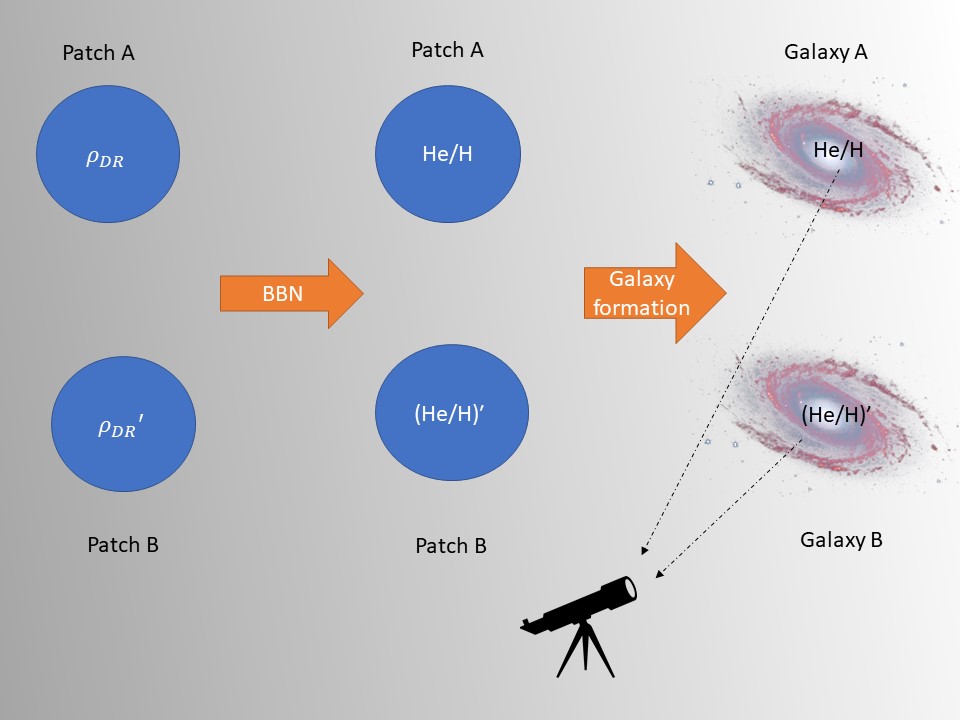
All the particles we have discovered so far in colliders and other such experiments, interact with the Standard Model forces: Strong and Electroweak force. However, there is no fundamental requirement for all particles to interact with the Standard Model forces. In fact, if such non-interacting particles exist then they could naturally evade detection in collider and other similar experiments. In this case our best bet would be to discover them cosmologically.
If these non-interacting particles have relativistic speeds, then they contribute to dark radiation and their presence can impact the cosmic microwave background (CMB) spectrum. So far we have not detected any evidence for dark radiation but future CMB observations will have much better sensitivities and can possibly detect them. If dark radiation is detected, then we would like to know if the particle behind dark radiation truly does not have any interaction with the Standard Model particles or there exists some interaction which is too weak to detect in experiments on Earth.
We can distinguish between the non-interacting and weak-interacting scenario by checking if the density fluctuations of dark radiation is in-sync or out-of-sync with the density fluctuations of photons. An in-sync fluctuation would mean that where there is an overdensity of photons there would be an overdensity of dark radiation, which would require some sort of interaction between photons and dark radiation. So if the density fluctuations are out-of-sync, then it would mean that the particles behind dark radiation never strongly interacted with the Standard Model particles (of which photon is a part of). This out-of-sync fluctuation is technically called ‘isocurvature’ and has a more rigorous definition I won’t go into.
In this project we show that one can look for the isocurvature in dark radiation by checking if the ratio of Helium to Hydrogen abundance is same or different in different galaxies. This is because we find that a dark radiation isocurvature causes an inhomogeneous production of Helium in the early universe, which would in turn cause Helium abundance in different galaxies to be different. Of course we did not detect any evidence for dark radiation, much less an isocurvature in its density fluctuations. But we demonstrate a novel way to probe for isocurvature in dark radiation and also highlight ways we can improve the sensitivity, which would be necessary if future experiments do find evidence for dark radiation.
